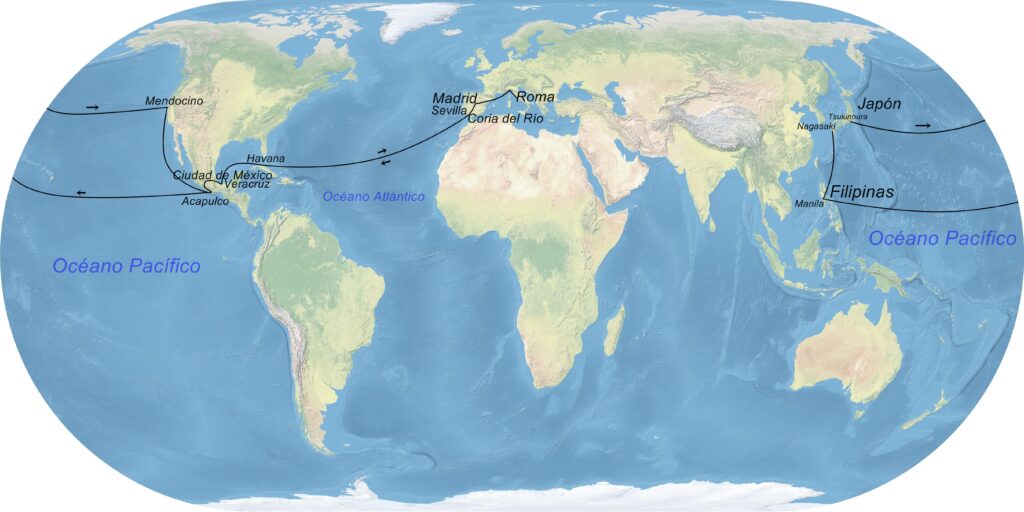
Supply chain disruptions were major problems during the pandemic. Then the war in Ukraine affected supply chains. Now we’re seeing problems in the major shipping canals of the world. In particular, the Suez Canal, which accounts for 10% of global shipping, and the Panama Canal, which carries 5%.
Trade through the Suez Canal has dropped by 40%, according to the Economist, and trade through the Panama Canal by 30%.
The Suez Canal
- The Suez Canal is located in a politically volatile region, with ongoing conflicts and tensions between countries like Egypt, Israel, and Palestine. Lately, Houthi attacks have caused many European shipping lines to seek other routes.
-
For millennia, the idea of a canal connecting the Mediterranean and Red Sea captivated empires. Pharaoh Necho II of Egypt attempted the first known construction around 600 BCE, but the project was abandoned due to engineering difficulties. Several other attempts followed throughout history, but none achieved lasting success.
-
Fast forward to the 19th century, and French diplomat Ferdinand de Lesseps emerges as a pivotal figure. Inspired by a visit to Egypt in 1833, he became obsessed with the idea of reviving the canal project. After years of lobbying and securing financial backing, de Lesseps formed the Suez Canal Company in 1858 and officially began construction in 1859.
The construction of the canal was a monumental undertaking, employing tens of thousands of laborers from Egypt and Europe. The harsh desert conditions, coupled with inadequate technology and safety measures, resulted in many fatalities. Despite the immense challenges, the project progressed, utilizing a combination of forced labor, steam-powered dredgers, and innovative engineering techniques.
- Finally, in 1869, the Suez Canal was officially inaugurated with much fanfare. Empress Eugenie of France led the procession of ships through the newly completed waterway, marking a pivotal moment in global trade. The canal quickly revolutionized maritime transportation, slashing travel times between Europe and Asia and ushering in an era of unprecedented trade growth.
The Panama Canal
The Panama Canal was another long-time dream which began construction under the French. Ferdinand de Lesseps, the same mastermind who was behind the Suez Canal, embarked on the Panamanian project in 1881. However, the dense jungles, rampant disease, and engineering nightmares proved overwhelming. After a decade of labor and over 22,000 lives lost, the French effort collapsed in bankruptcy.
The United States, recognizing the canal’s strategic and economic potential, acquired the rights and assets from the French in 1902. President Theodore Roosevelt spearheaded the project, overcoming diplomatic hurdles and employing cutting-edge technologies like steam shovels and electric locomotives. Despite facing earthquakes and landslides, the Americans persevered, and in 1914, the Panama Canal opened to the world.
The Panama Canal revolutionized global trade, slashing travel times between the East and West coasts of the Americas and Europe. It boosted international commerce, spurred regional development, and solidified the United States’ strategic influence in the region.
Now, the canal is threatened by climate change which has led to drought. The locks cannot accommodate the largest vessels, and fewer ships overall can use the canal. Ships are stuck waiting or forced to offload their cargo and send it overland.
Opportunities
trips around the Cape of Good Hope or Cape Horn were unavoidable parts of international trade before the canals were built. Now they are becoming the norm again. The alternatives are overland routes, loading freight from a ship in one ocean to a truck or train and transporting it across the countries to a ship in the other ocean.
Some nations are hoping they may be able to offer alternatives. Mexico, for example, is working to complete the Interoceanic Corridor of the Isthmus of Tehuantepec, a cross-country railway from Salina Cruz to Coatzacoalcos. It was built in 1907 but the plan to make it an important freight shipping route was abandoned when the Panama Canal opened in 1914. The current Mexican government hopes to modernize it and put it to the use originally imagined for it.
Another possibility is the Northwest Passage. The Northwest Passage, a network of waterways through the Canadian Arctic Archipelago that connects the Atlantic and Pacific Oceans, has long captivated explorers and fueled dreams of a shorter trade route between Europe and Asia. However, its viability as a true alternative to established canals like Suez and Panama remains complex and nuanced. Climate change is causing the Arctic ice cap to melt at an alarming rate, making the Northwest Passage more navigable for longer periods each year. Some estimates suggest the passage could be ice-free for up to four months in the near future. If it became entirely navigable, it would have some advantages. For example, the distance from Rotterdam to Yokohama via the Northwest Passage is roughly 5,100 nautical miles shorter than the Suez Canal route.However, it lacks developed ports, shipping facilities, and rescue infrastructure needed to support widespread commercial shipping. Establishing such infrastructure would require substantial investment.
